Aging is inevitable. But if you haven’t aged as gracefully as you hoped, you might be part of the many looking to erase the visibility of a few lines and creases. Luckily, there are many ways to tackle the appearance of wrinkles, from at-home treatments to in-office procedures.
What are Wrinkles?
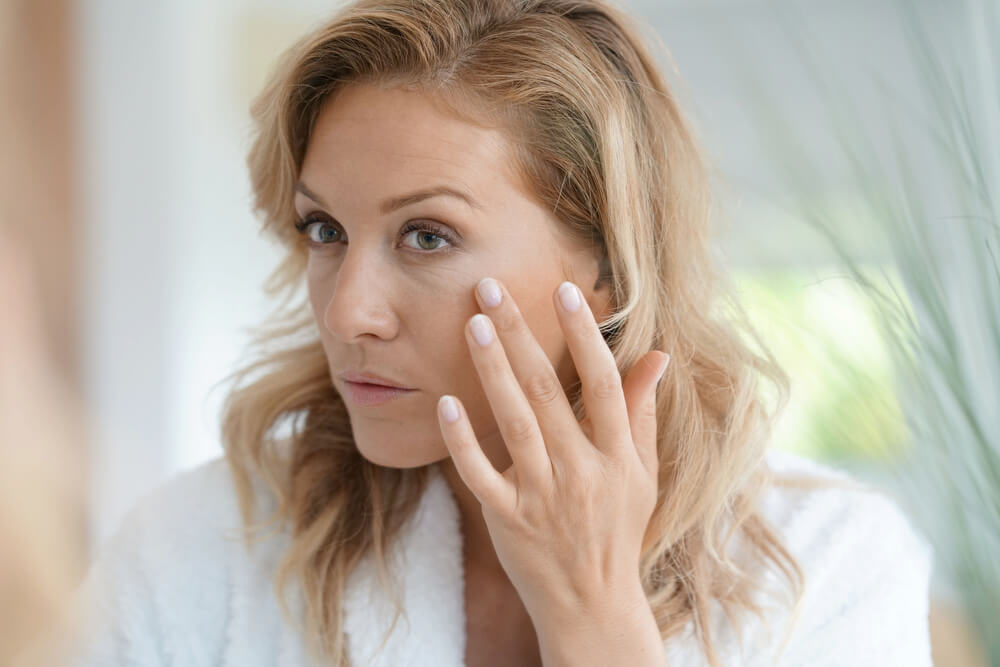
Wrinkles are lines and creases that form in your skin. They can be caused by many factors, such as sun damage, repetitive facial movements, or the loss of collagen and elastin caused by aging.
First, let’s distinguish the two different types of wrinkles.
There are dynamic wrinkles, which form from repetitive facial movements, such as smiling, frowning, or squinting. These habitual movements eventually lead to crow’s feet, glabellar lines (also known as “elevens”), and forehead lines. Dynamic wrinkles fade when your expression changes, but will become permanent over time.
There are also static wrinkles, which form from the effects of gravity and the loss of fat, collagen, and elastin as we age. They’re there regardless of how we move our face. Nasolabial folds and marionette lines are some examples of static wrinkles.
Dynamic wrinkles eventually turn into static wrinkles, deepening with each muscle movement. Eventually, dynamic wrinkles will stay on our faces even if we don’t make the movements that caused them.
How Do Wrinkles Form?
As we age, our skin produces less collagen and elastin, making our skin less elastic and more fragile. Older skin loses its ability to spring back, leading to permanent lines and creases. As we lose fat in our faces as we get older, wrinkles become more apparent.
Our lifestyles affect the development of wrinkles, too. A life out in the sun without sun protection will lead to sun damage and premature aging as UV rays break down the collagen and elastin fibers in the skin (the connective tissue of the skin), resulting in drooping and wrinkled skin.
Those who smoke will be affected by premature aging, too. Smoking reduces the oxygen flow and nutrient supply to the skin and accelerates the aging process. Not to mention that the repetitive pursing of the lips leads to dynamic wrinkles and permanent grooves around the mouth.
It’s never too late to start living a healthier lifestyle—not just for wrinkle prevention, but for your overall health. But if you’re still concerned about your creases and grooves, here’s how to deal with them.
Wear Sunscreen
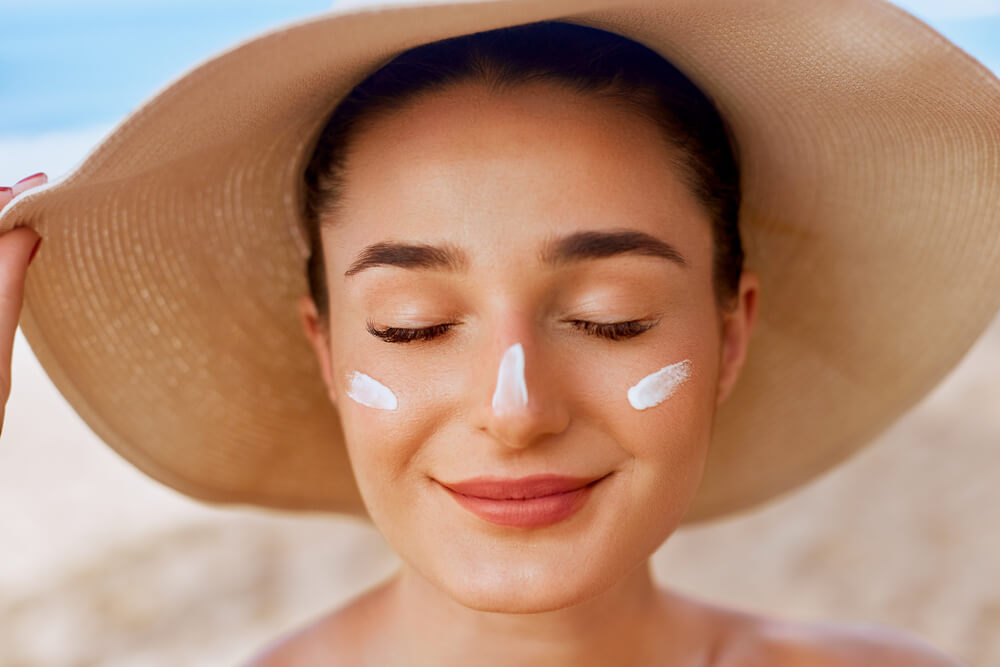
We’re going to start with the most important tip—wearing sunscreen everyday. While this may seem more like a preventative measure, wearing sunscreen goes hand in hand with any method on this list.
If you aren’t wearing sunscreen, all of your hard work to smooth out the appearance of those lines will go out the window. Not only does wearing sunscreen protect your skin from burns and reduce your risk of skin cancer, but it also slows down the visible effects of premature aging such as the appearance of fine lines, wrinkles, and sun spots.
Here’s how to incorporate sunscreen into your routine:
Luckily, sunscreens these days are much more cosmetically elegant than the sunscreens of our childhood. For good reason, too, as you need to use about half a teaspoon of sunscreen for your face alone to get the protection indicated on the bottle.
You want to make sure to buy a sunscreen you’ll actually enjoy wearing—one without a heavy white cast or a greasy finish. Luckily, there are many sunscreens, both chemical and physical, on the market today that are easy and pleasant to use.
Choose a sunscreen that has an SPF of at least 30 with broad spectrum protection, such as Lavelier Divine Day Defense SPF 30. Make sure to use your sunscreen as the last step of your skincare routine and before you put on makeup.
Moisturize
If you aren’t moisturizing your face (or if you’re using the wrong kind of moisturizer for your skin type), the lines on your face are going to look much more prominent. That’s because dehydrated skin isn’t as plump-looking as well-moisturized skin.
Making sure that your skin feels happy and hydrated will reduce the appearance of wrinkles by adding more water to the skin.
Need a new moisturizer? Check out Lavelier’s selection here.
Use Vitamin C
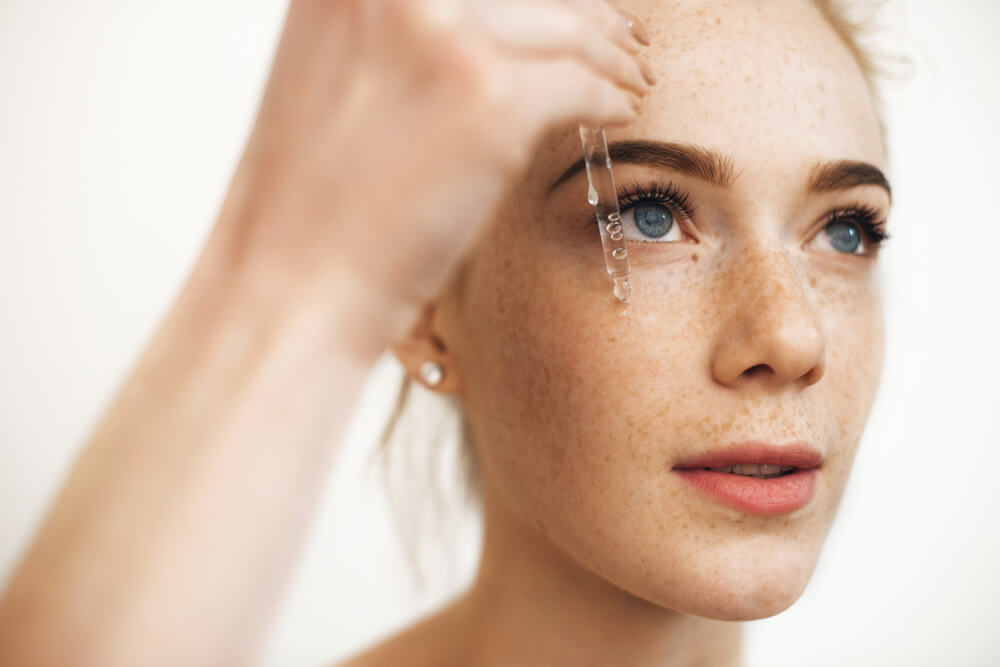
A potent ingredient, vitamin C is one of the gold standards for reducing the visible effects of skin aging.
As a bonus, vitamin C also targets the appearance of hyperpigmentation and dullness, resulting in a younger-looking complexion.
How to incorporate vitamin C into your skincare routine:
We recommend incorporating a vitamin C serum into your routine for a powerful dose of the ingredient.
The Lavelier Nourishing Vitamin C Serum would be a great choice!
Apply your serum to dry skin before moving on with the rest of your skincare routine.
Use Retinoids
A derivative of vitamin A, retinoids are another powerhouse when it comes to reducing the visibility of wrinkles.
On top of tackling the appearance of fine lines and wrinkles, they’re also great for diminishing the look of hyperpigmentation and textured skin. Basically, they’re a go-to ingredient for renewing and resurfacing the look of the skin.
Here’s how to incorporate retinoids into your routine:
There are two ways to go about using retinoids: you can use an over-the-counter product with retinol, or you can get a prescription product such as adapalene, tretinoin, or tazarotene.
Retinoids are great for your skin, but they come with one major caveat: they’re extremely potent, and if used incorrectly, can lead to dry, irritated, flaky, and peeling skin.
It’s important to take it slow when incorporating a retinoid for the first time. Try using it three times a week before bumping up your usage to every other day. Then, move up to everyday use (that is, if your skin can tolerate it).
You can use a retinoid on dry skin, but some like to use a technique called buffering, wherein you mix your retinoid with a moisturizer to prevent dryness and irritation.
Always use your retinoid at night and wear a sunscreen as the last step of your morning routine, as some retinoids can make your skin more sensitive to the sun.
Chemical Peels
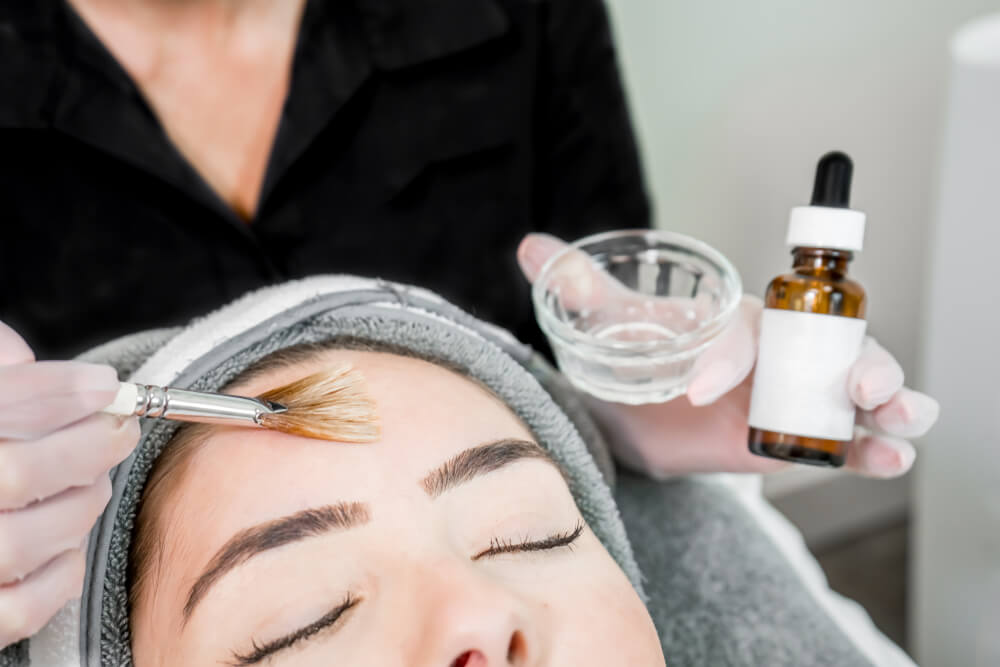
Chemical peels come in many forms, but they all work in the same way: by exfoliating the outer layer of the skin. After the procedure, the skin will peel off, revealing smoother, healthier-looking underneath.
Chemical peels can be a variety of different strengths and can use a combination of different acids, such as lactic acid, glycolic acid, and salicylic acid.
While there are peels you can use at home, you’ll get the most noticeable results from in-office treatments.
The Lavelier HydroTherm Age Defying Syringe
It would be remiss of us not to include this superstar product on our list. This syringe contains a potent solution that delivers targeted ingredients to your skin. It’s formulated with hyaluronic acid which instantly plumps the look of the skin and DMAE which has been found to reduce the visibility of fine lines.
It also contains retinyl palmitate, which can improve the look of the skin with long-term use. Your skin will appear instantly smoothed and plumped after application.
Here’s how to use it:
Simply apply the solution directly to areas with fine lines and wrinkles. Stay expressionless as you wait for the solution to dry for two minutes. We recommend using this product every week, but it can be used as desired (it’s great before a big event!).
Botox
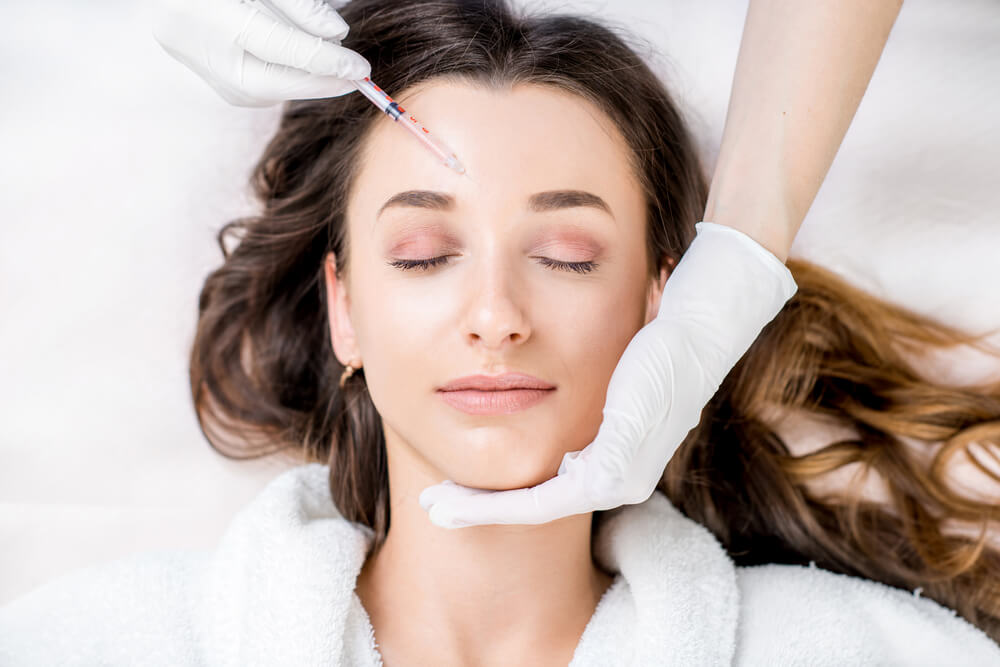
Botox is made from a toxin made by the bacterium Clostridium botulinum. A surefire way to get rid of wrinkles such as smile lines or forehead lines, Botox works by disrupting the nerve signaling process to prevent the injected muscle from contracting. This in turn relaxes and softens facial wrinkles.
Botox isn’t great for all wrinkles, though…
When it comes to dynamic wrinkles such as those that develop from smiling, frowning, squinting, or raising our eyebrows, Botox is a great solution. Botox won’t have much of an effect on static wrinkles, though, which are caused by a general loss of collagen, elastin, and fat from the skin.
Here’s what it’s like to get Botox:
The procedure is quite quick. Botox will be injected into a specific muscle using a needle. Some providers will apply a topical anaesthesia beforehand, but it’s not required. There should be minimal discomfort and no downtime.
Who can get Botox?
Anyone who’s bothered by dynamic wrinkles can get Botox. There is no “right age” to get it, as Botox also works great as a preventative measure: by preventing the muscle from contracting, you can prevent lines from forming in the first place.
Dermal Fillers
Dermal fillers are gel-like substances that are injected into the skin to smooth out wrinkles. They work by plumping up the skin and restoring lost volume, so they’re great for wrinkles caused by the loss of fat, collagen, and elastin. Unlike Botox, dermal fillers work on static wrinkles caused by chronological aging and sun damage.
Types of Dermal Fillers:
- Hyaluronic Acid: A substance that naturally occurs in the skin, hyaluronic acid helps cells retain moisture, resulting in healthy, plump skin.
- Calcium Hydroxylapatite: Calcium hydroxylapatite is a substance that naturally occurs in our bones. This type of filler is great for deep wrinkles and lost volume.
- Poly-L-Lactic Acid: A biocompatible, biodegradable synthetic substance, Poly-L-Lactic Acid smooth lines and creases by helping the skin naturally rebuild collagen.
- Polymethylmethacrylate: A more permanent solution to wrinkles, polymethylmethacrylate is a biocompatible synthetic substance that remains under the skin in the form of a tiny ball or “microsphere” to provide support and structure.
The most popular type of dermal fillers, though, are hyaluronic acid fillers. They’re great for any skin type and can be easily reversed: it only takes a quick shot to dissolve them.
How to know which type of fillers is right for you:
It all depends on what you’re trying to target. A good doctor will talk to you about all your treatment options. Even hyaluronic acid fillers come in different molecular weights and offer differing results. For the most natural results, sometimes you’ll need more than one type of filler.
The Bottom Line
Aging is a privilege, and while we can’t control the passing of time, there are many things we can do to address its effects—both at home and at the doctor’s office.
Many of these treatments on this list can be combined: you can get fillers to restore lost volume and use a retinoid to reverse the appearance of photoaging and renew the feel of the skin.
If you’re using at-home treatments, make sure you’re diligent with your routine, as it can take some time to see noticeable results. If you opt for in-office treatments, be realistic about what kind of results you want. Whatever you choose to do, make sure you’re wearing sunscreen to protect your skin.


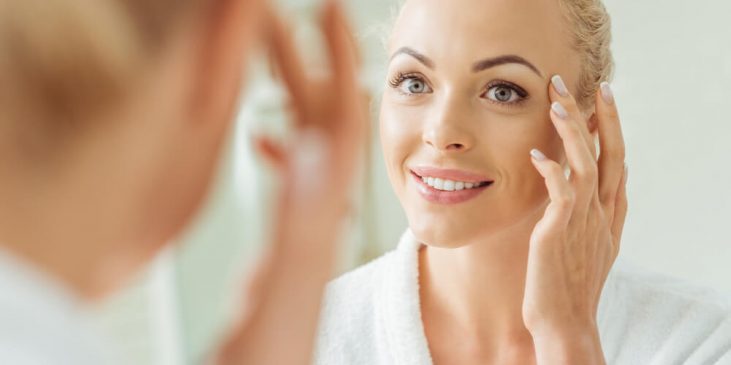
0 comments on “8 Effective Tips for Reducing the Appearance of Wrinkles”